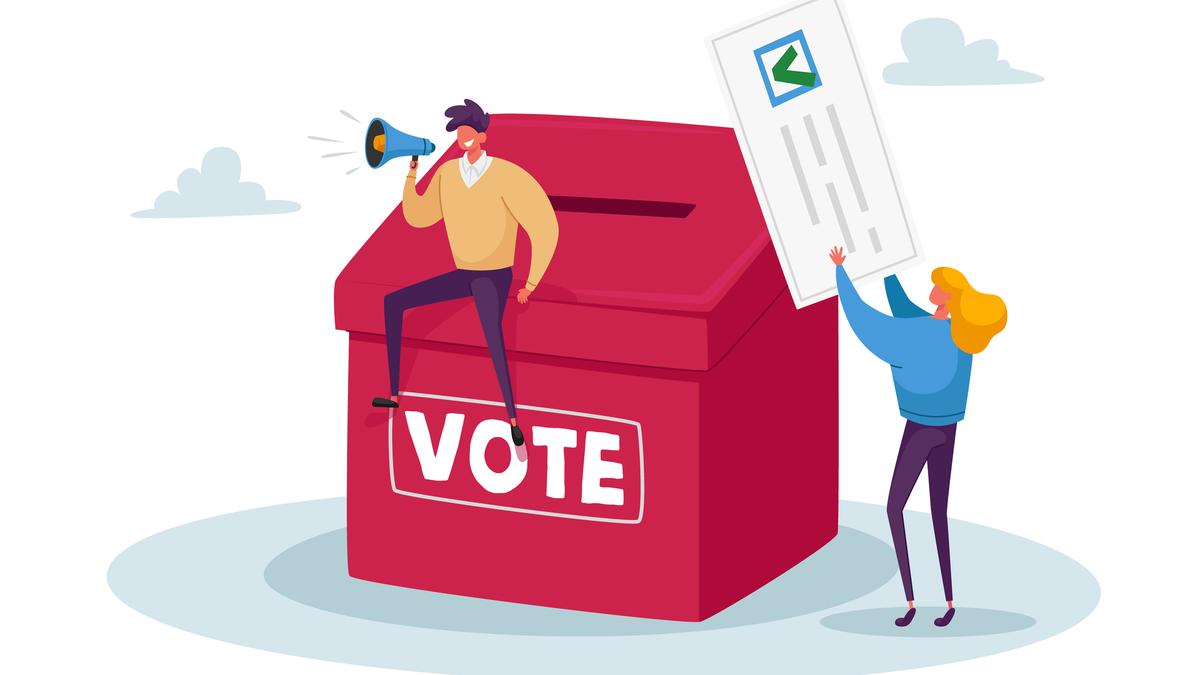In India, the concept of “One Nation, One Election” has been a topic of much debate and discussion for several decades. The idea, first formally proposed by the Election Commission of India in 1983, entails holding simultaneous elections for both the Lok Sabha (parliamentary) and state legislative assemblies across the country. Proponents argue that such a move could bring about various advantages, including cost reduction, operational efficiency, and policy continuity. However, there are also significant drawbacks and challenges associated with this ambitious proposal.
Advantages:
1. Cost Reduction: Conducting elections at different times incurs significant expenses. Simultaneous elections would reduce the financial burden on the government and political parties.
2. Operational Efficiency: With elections held simultaneously, the government machinery can focus on governance rather than being frequently diverted towards election-related activities.
3. Policy Continuity: One Nation, One Election could ensure continuity in policies and programmes at both the central and state levels, avoiding disruptions caused by frequent elections.
4. Reduced Populist Schemes: When elections are held less frequently, there may be less pressure on governments to introduce populist schemes solely for electoral gains.
Drawbacks:
1. Logistical Challenges: Conducting simultaneous elections requires a massive logistical effort, including doubling the number of electronic voting machines and Voter Verifiable Paper Audit Trail machines.
2. Dominance of National Parties: Simultaneous polls might benefit nationally dominant parties, sidelining regional players and compromising the representation of local issues.
3. Ineffective Representation: Regional parties may struggle to effectively raise local issues and concerns if elections are synchronized at the national level.
4. Delayed Results: Holding elections simultaneously could lead to delayed announcement of results, potentially prolonging uncertainty and political instability.

Previous Efforts:
The concept of One Nation, One Election has been explored by various governmental bodies over the years, including the Election Commission of India and the Law Commission. Prime Minister Narendra Modi has been a vocal proponent of the idea, aiming to streamline the electoral process and enhance governance efficiency.
Despite its historical roots and recent advocacy, the implementation of One Nation, One Election remains a complex endeavor. The practical challenges involved, coupled with the need for consensus among political parties and stakeholders, make it a subject of ongoing deliberation rather than immediate action.
While the synchronization of elections may hold promise for India’s democratic process, it is crucial to carefully consider both its benefits and drawbacks. Any decision regarding the implementation of One Nation, One Election should prioritize the democratic principles of representation, accountability, and inclusivity.
In conclusion, while the idea of One Nation, One Election offers potential advantages in terms of efficiency and governance, it also poses significant challenges that must be addressed thoughtfully and comprehensively. As India continues its quest for electoral reform, a balanced approach that takes into account the diverse interests and complexities of its democratic landscape is essential.